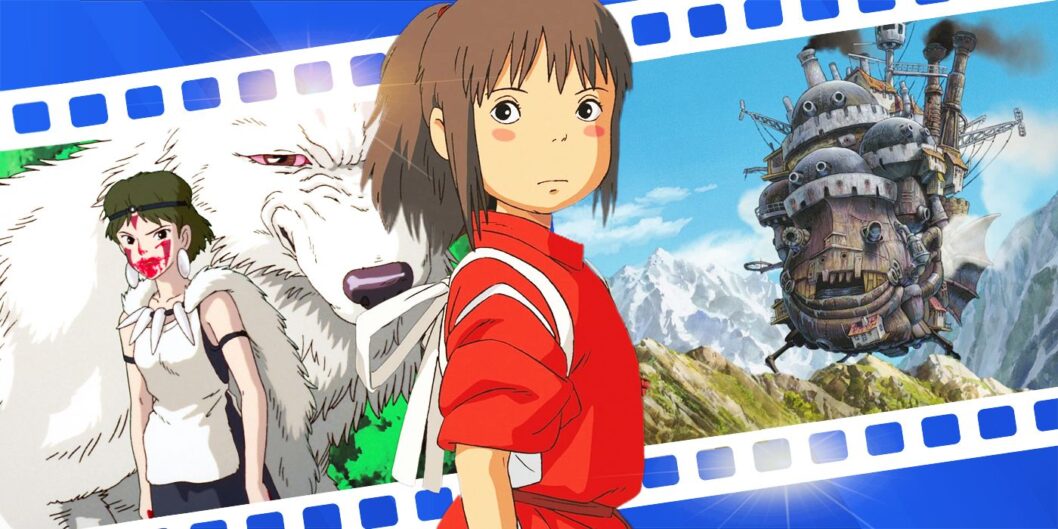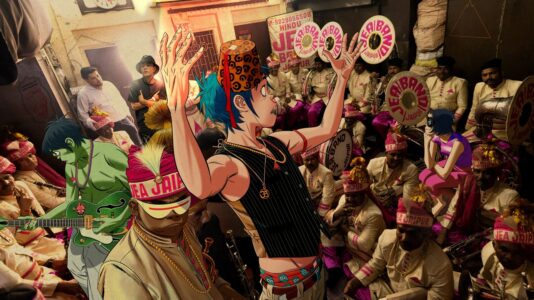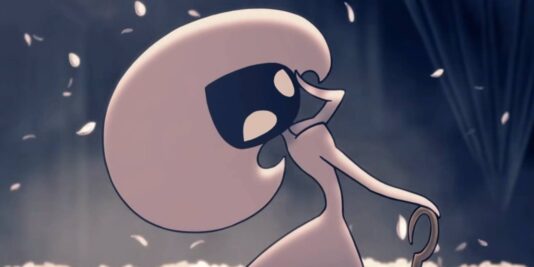The Ongoing Debate on AI in Art: Studio Ghibli’s Timeless Classic Shines Bright in Theaters
The intersection of technology and art continues to spark intense discussions, particularly surrounding the role of artificial intelligence (AI) in the creative process. Recently, a new trend has emerged where social media users employ OpenAI tools to transform their photographs into images resembling frames from beloved Studio Ghibli films. This phenomenon has triggered debates over the respect for traditional artistry and the implications of AI-generated work. Amidst this ongoing discourse, the theatrical re-release of Hayao Miyazaki’s acclaimed 1997 animated film, Princess Mononoke, emphasizes the enduring power of traditional storytelling and artistry.
A Successful 4K Restoration and IMAX Debut
The newly restored Princess Mononoke underwent a 4K restoration and debuted in IMAX theaters across the U.S. The film has made a considerable impact at the box office, amassing approximately $4.1 million since its release. This figure sets an impressive milestone as it marks the largest IMAX domestic opening for a non-English film in history. The allure of this classic film is particularly remarkable given its nearly 30-year history and the fact that it is also accessible on various streaming platforms.
The restoration’s success underscores two key observations: first, the traditional moviegoing experience remains cherished by audiences, and second, timeless classics like Princess Mononoke continue to captivate new generations of viewers.
Celebrating a Masterpiece Amid AI Controversies
As the box office performance of Princess Mononoke enhances its all-time gross to about $174 million worldwide, key figures within the industry have remarked on this development. Chance Huskey, Vice President of Distribution at GKids, noted the film’s significance in contrasting the rise of technology with the appreciation for authentic artistry. He stated:
“In a time when technology tries to replicate humanity, we are thrilled that audiences value a theatrical experience that respects and celebrates Hayao Miyazaki and Studio Ghibli’s masterpiece in all its cinematic hand-drawn glory.”
Huskey’s remarks highlight a substantial concern: while innovations such as AI tools aim to recreate artistic expressions, audiences continue to find value in the unique qualities that differentiate handcrafted animation from machine-generated art.
The Impact of Ghibli on Contemporary Cinema
The success of the re-released Princess Mononoke reiterates Studio Ghibli’s indelible impact on the animation industry and cinema at large. The film, which skillfully weaves environmental themes, complex characters, and poignant storytelling, remains relevant in today’s cultural landscape. Its IMAX resurgence invites a new generation to experience the rich narrative and exquisite artistry that characterize Miyazaki’s work.
Moreover, the ongoing discussions about AI’s role in art raise critical questions about the future of creativity and the preservation of authentic human expression. As technological advancements continue, the entertainment industry faces the challenge of balancing innovation and tradition.
In conclusion, the celebration of Princess Mononoke reflects a collective yearning for genuine artistry in an era increasingly dominated by artificial intelligence. The box office success of this classic not only revives interest in Studio Ghibli’s storied legacy but also fosters vital conversations about the value of human creativity in an ever-evolving technological landscape. As audiences emerge from this experience, they are reminded of the unique magic of animation that AI cannot replicate, setting a precedent for future artistic endeavors.
For those interested in experiencing the enchantment of Princess Mononoke, the film is currently available in select theaters and on various streaming platforms, providing both a nostalgic return and an introduction to new viewers eager to understand the charm of classic animations.









